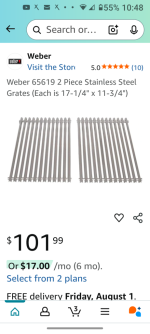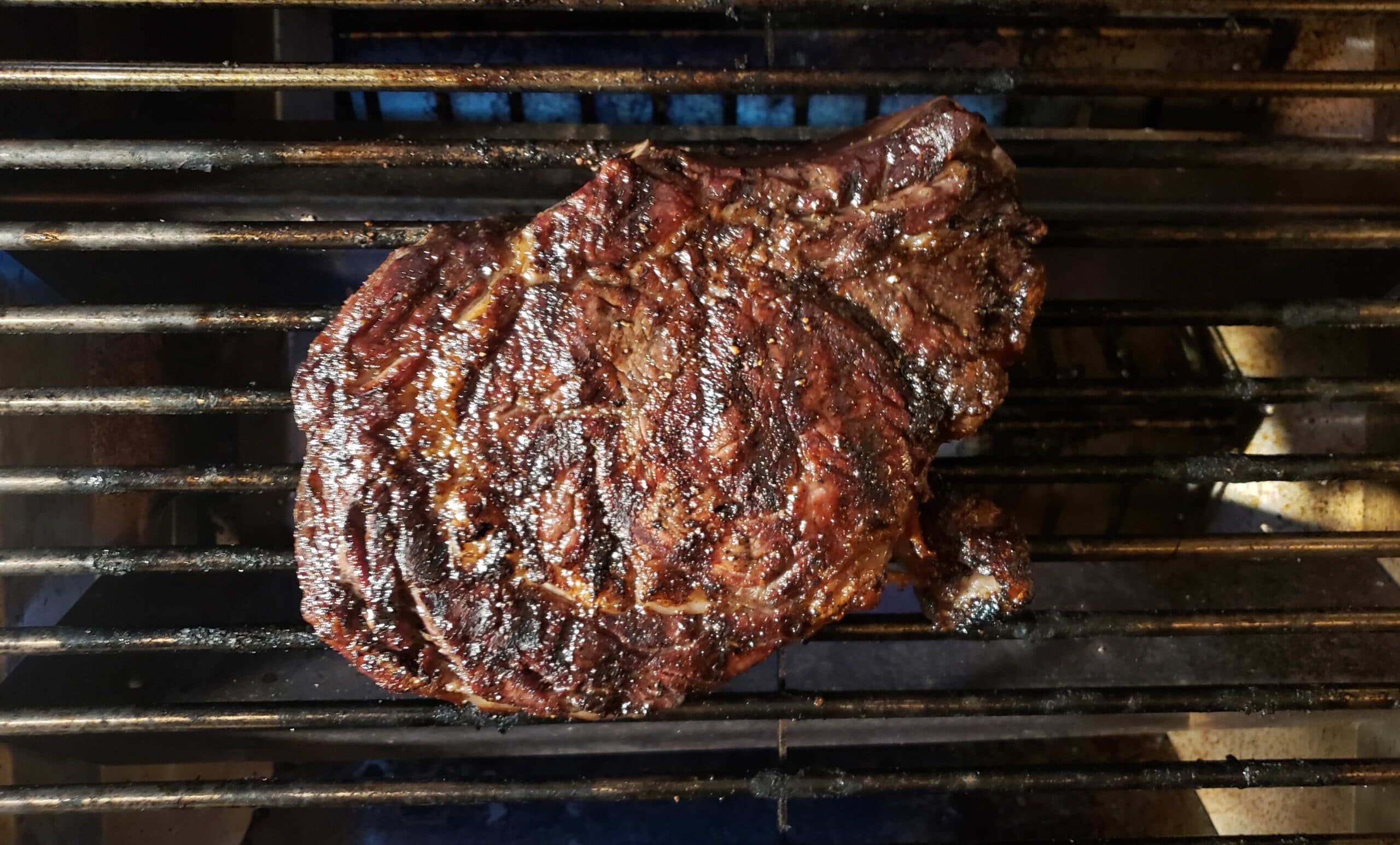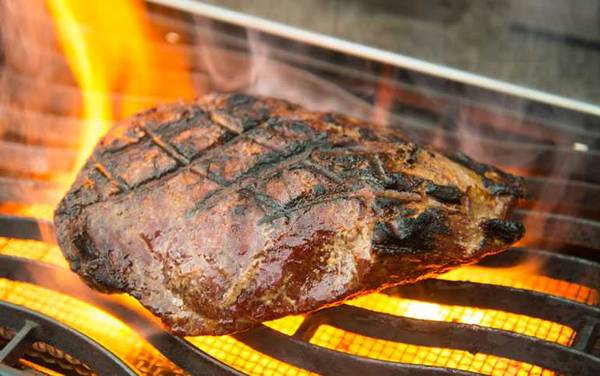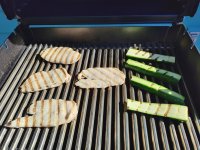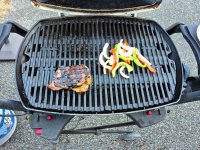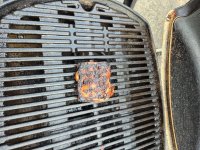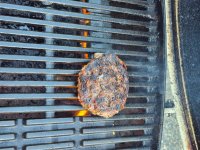Hi All! I need some advice. I had a Weber Genesis Silver A for many years, and really liked it. I live in the Pacific Northwest, so eventually replaced the cast iron (PECI) grates with stainless steel ones due to rusting (and laziness on my part about cleaning the rust  ). The "rods" of these stainless grates weren't round, they were shaped thin metal with a flat edge (Weber part #65905, Google for a visual), and I was always surprised at how well they worked.
). The "rods" of these stainless grates weren't round, they were shaped thin metal with a flat edge (Weber part #65905, Google for a visual), and I was always surprised at how well they worked.
So this year, 19 years after I bought the Genesis, it was time to get a new grill. I chose the Weber Spirit E-315 and was quite happy with it, using the cast iron (PECI) grates it came with. But they started to rust, and I figured I'd just replace them with stainless steel again. They don't make the grate style I had for my Genesis anymore, so I researched grates and bought some with 9mm round rods. Then I foolishly tossed the cast iron ones out (don't know what I was thinking).
Anyway, I've been disappointed with the 9mm stainless steel grates. I've found that I don't get a good sear, everything takes much longer to cook, and doesn't seem to stay hot as long. I don't recall having to make a big adjustment with my Genesis when I switched to stainless, and I know I definitely got a better sear marks with it due to the flat edge of the "rods".
I've checked online again and a lot of people say great things about 9mm stainless grates. So I'm wondering: what am I doing wrong? Do I need to let the grill preheat longer? I currently let it heat on high for 10 minutes and the temp is always between 550 and 600 degrees when I start grilling. Do I have to cook at a higher temperature? Right now I'm pretty disappointed with these grates, they really seem like a step down from the cast iron ones. Any advice on how to get the most out of them?
I'm no grill master, I mostly cook burgers and hot dogs, with occasional veggies and chicken breasts. Everything comes out worse with these grates. Wondering if I should invest in some "GrillGrates", but I just shelled out $100 for these stainless ones...
So this year, 19 years after I bought the Genesis, it was time to get a new grill. I chose the Weber Spirit E-315 and was quite happy with it, using the cast iron (PECI) grates it came with. But they started to rust, and I figured I'd just replace them with stainless steel again. They don't make the grate style I had for my Genesis anymore, so I researched grates and bought some with 9mm round rods. Then I foolishly tossed the cast iron ones out (don't know what I was thinking).
Anyway, I've been disappointed with the 9mm stainless steel grates. I've found that I don't get a good sear, everything takes much longer to cook, and doesn't seem to stay hot as long. I don't recall having to make a big adjustment with my Genesis when I switched to stainless, and I know I definitely got a better sear marks with it due to the flat edge of the "rods".
I've checked online again and a lot of people say great things about 9mm stainless grates. So I'm wondering: what am I doing wrong? Do I need to let the grill preheat longer? I currently let it heat on high for 10 minutes and the temp is always between 550 and 600 degrees when I start grilling. Do I have to cook at a higher temperature? Right now I'm pretty disappointed with these grates, they really seem like a step down from the cast iron ones. Any advice on how to get the most out of them?
I'm no grill master, I mostly cook burgers and hot dogs, with occasional veggies and chicken breasts. Everything comes out worse with these grates. Wondering if I should invest in some "GrillGrates", but I just shelled out $100 for these stainless ones...

